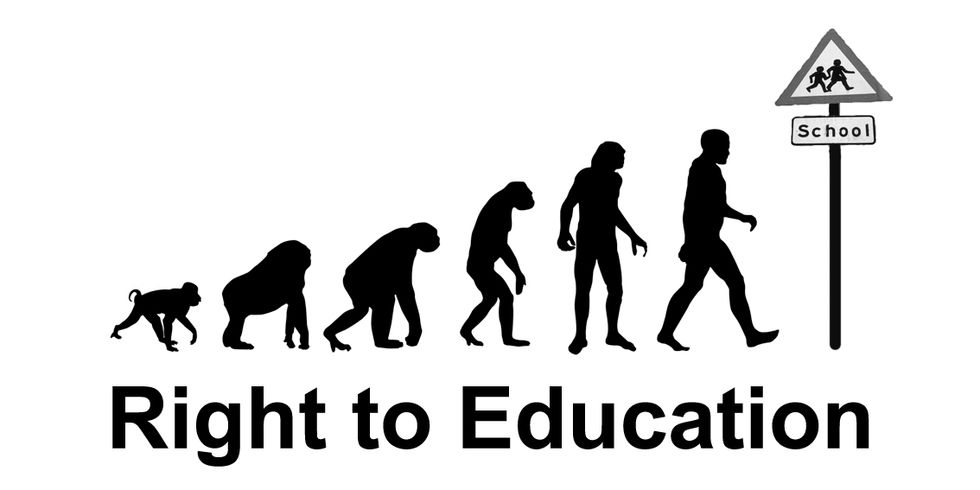New York Times Journalist, Nicholas Kristof, came to Roger Williams University (RWU) Thursday, April 20, to talk about refugees, women, and the importance of education.
While gender inequality and the lack of accessible education are individual issues, Kristof connected them to extremism and the fear of terrorism occurring within the 21st century. Kristof said that in order to combat extremism, individuals must first tackle women’s inabilities to get a proper education, and the lack of respect for them around the world.
“It’s not just about education or gender, but to create a more stable society...we need to focus on education and empowering women,” said Kristof.
Kristof explained how terrorists are scared of women by giving examples, such as Malala, a young girl from Pakistan who was shot in the head while returning home from taking an exam, and saying, “they [terrorists] understand that the greatest threat to extremism is a girl with a schoolbook.”
Kristof discussed that while terrorism, inequality, and poverty are considered tragedies, they are also opportunities. “All these issues have so many opportunities...real opportunities not just for the individual(s) but as a society as a whole,” said Kristof.
He then went on to say how individuals tend to exaggerate terrorist risks by explaining that from 1975-2005, no country on Donald Trump’s travel ban had committed an act of terrorism - yet around 1.3 million guns have claimed lives within the United States.
Since 9/11, Kristof explained that there have been 230,000 murders, not related to terrorism, within the United States, and only 123 terrorism related murders. “The odds are greater that you’re killed because you’re Muslim, rather than by a Muslim,” said Kristof, “it’s about a 1 in 1 million chance versus a 1 in 6 million chance.”
Kristof went on to say, “When we’re scared, we tend to make bad decisions. Like with immigrants who we perceive to be threatening and different...I think we need to be able to understand that of course there are risks...and there are some things that will help secure our country, like background checks...domestic violence is a big issue and those involved can still get guns. We need to track them and mark them so they can’t.” Even The New York Times (NYT) has taken part in blaming immigrants and refugees out of fear, explained Kristof.
In 1938, the NYT ran a front page piece warning America about Jewish refugees, suggesting that they could be communists trying to come and join the ranks in order to overthrow the government.
“Something similar happens when we feel frightened and fearful [today], and we put it on other people from other countries, such as Syrian refugees...one day we’ll regret it,” said Kristof.
“We [journalists] don’t often humanize refugees,” confessed Kristof, “we have a leadership role to play, and when we refuse to take any, we discourage countries to do their part to solve this complicated puzzle.”
Kristof expressed that in order to properly humanize refugees, individuals most first work to close the empathy gap.
“Let’s have more conversations about race, gender, religion, and culture...let’s chip away at that empathy gap,” said Kristof, “if we can summon the goodwill to close that empathy gap with the people who are prone to do otherwise, we can make a difference.”
Kristof ended by explaining that these are huge problems, so they will take awhile to solve, that “[these are] problems we won’t solve in a decade or a few years, so for now it is a drop in the bucket; but it adds up, drops in the bucket add up.”





















